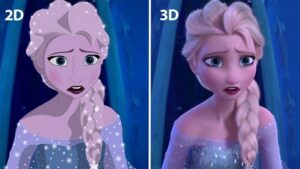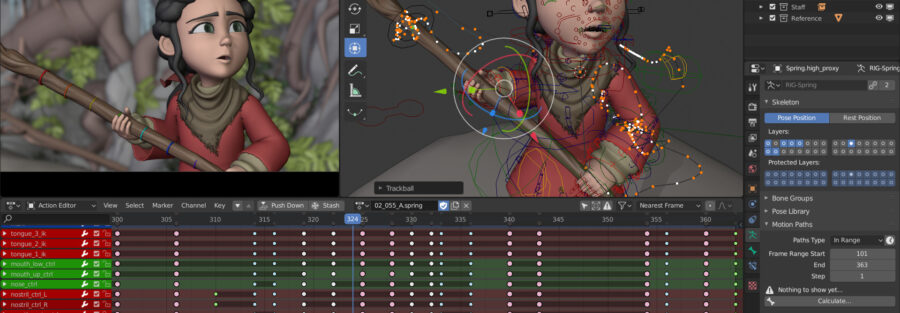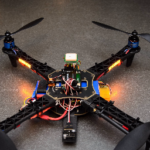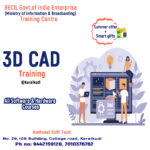
What is 3D Animation
3D animation refers to the process of creating three-dimensional moving images in a digital environment. It involves the use of computer software to generate realistic or stylized visuals that simulate the illusion of depth, volume, and motion. 3D animation is widely used in various industries, including film, television, video games, advertising, architecture, and product design.
The process of creating 3D animation
- Conceptualization: This stage involves developing an idea or concept for the animation and creating a storyboard or a visual representation of the intended sequence.
- Modeling: In this stage, 3D models of characters, objects, and environments are created. Modeling can be done using various techniques such as polygonal modeling, NURBS modeling, or sculpting.
- Texturing: Texturing involves applying colors, textures, and surface properties to the 3D models. This process helps to give the objects a more realistic appearance.
- Rigging: Rigging involves creating a digital skeleton or structure within the 3D model, allowing animators to control the movements of characters or objects. It involves setting up bones, joints, and controls that enable realistic movement and deformation.
- Animation: This stage brings the 3D models to life by animating them. Animators use keyframe animation, motion capture data, or procedural animation techniques to create movements and actions.
- Lighting: Lighting is crucial for creating the right atmosphere and mood in a 3D scene. Animators set up virtual light sources, adjust their intensity, color, and direction to achieve desired lighting effects.
- Rendering: Rendering involves processing the 3D scene and generating the final images or frames. This process can be computationally intensive and may require powerful hardware and rendering software.
- Compositing: Compositing is the process of combining different elements, such as rendered frames, visual effects, and backgrounds, to create the final animation. It also involves adding post-processing effects like color grading, depth of field, and motion blur.




